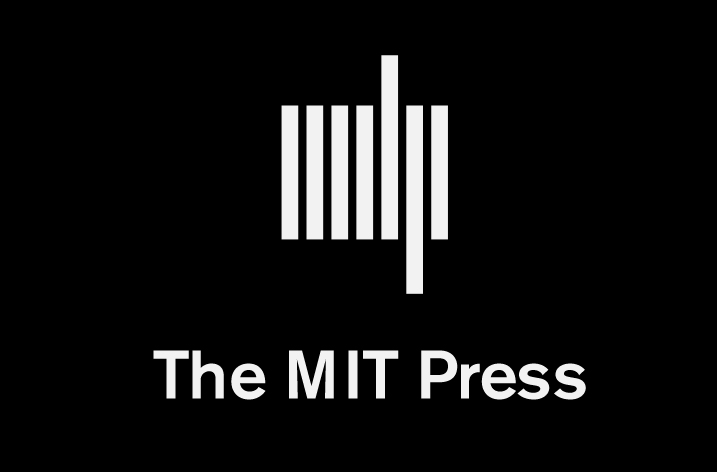
The leading online database for mathematics, Zentralblatt MATH (zbMATH), has launched a redesigned user interface with more intuitive and visual user guidance. The main changes are the simplified search functionalities, in particular the ability to use any combination of criteria, continual refining of the search options, simplified switching between main categories, documents, authors or journals, and the integrated links between the indexed articles and the newly designed database swMATH. In the future the database will be accessible on mobile devices as well.
The online database zbMATH is produced jointly by FIZ Karlsruhe – Leibniz Institute for Information Infrastructure, the Heidelberg Academy of Sciences and Humanities and the European Mathematical Society (EMS). Springer is responsible for the marketing of zbMATH
“The close collaboration between mathematicians throughout the world means the database’s functionalities need to be optimized periodically, and adapted to meet the requirements of the researchers and users,” explained Mario Aigner, planning editor for mathematics and project coordinator of zbMATH at Springer. “The new interface and the improved search and filter options now allow users to harness the full potential of zbMATH, the most comprehensive database for mathematical publications. It offers the perfect combination of comprehensive data, easily findable and specialized information, user-friendly presentation and simple processing of results. The new website truly meets the needs of the scientific community in the 21st century.”
The changes were made following a survey conducted by the EMS in 2012 among zbMATH users. The new website marks the first step in implementing feedback from the surveyed scientists. Additional elements tailored to meet their needs and further components will follow.
The database was first published in 1931 by Springer, and came to be regarded as the most comprehensive and oldest review journal for mathematics. zbMATH is now run as an online resource, and offers a wide variety of services that go far beyond the original concept of a journal, networking the mathematics research community across the globe. The database covers almost the entire mathematics literature, making it the leading publication medium in the discipline. It currently contains three million citations from 3,500 journals and more than 1,100 book series, and 170,000 monographs. zbMATH reflects the current state of research in the field and its development over the past 150 years.


























